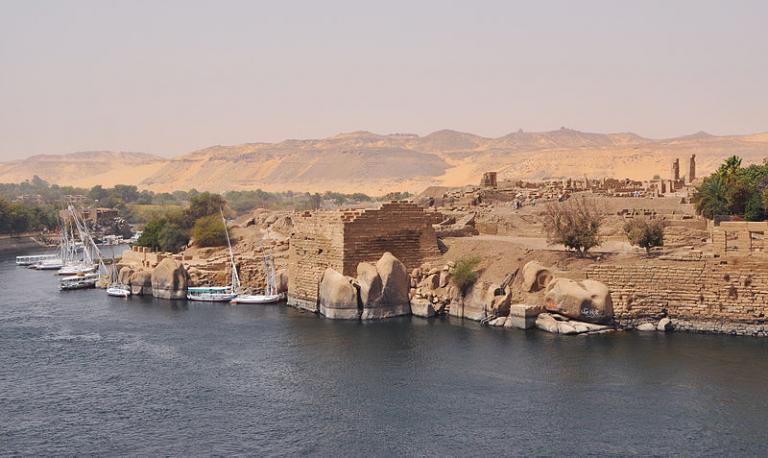
Critics of the Book of Mormon have often criticized the idea, contained in 2 Nephi 5, that Nephi built a temple in the New World. I saw a video several years ago for which a rabbi had been recruited to mock the notion.
No good Jew, they say, would ever have built a temple except upon the Temple Mount in Jerusalem. (And what bad, irreligious Jew would want to?)
But the archaeological facts say otherwise.
There is, for example, the small Israelite temple at Tel Arad.
And the one at Tel Be’er Sheva.
And another one seems recently to have been found located only about five kilometers from the Temple Mount.
And there were at least two ancient Jewish temples in Egypt. (One was on Elephantine Island, named for the ancient ivory trade with sub-Saharan Africa, which was a significant source of Aswan’s wealth.)
Seen in this light, it doesn’t seem quite so obvious a howler that the Book of Mormon has Nephi building a temple outside of Jerusalem, in the Land of Promise.
***
On a rather separate but still related topic: An independent researcher by the name of Erin Jennings may have located passages from the earliest account yet known of Oliver Cowdery’s experience as one of the Three Witnesses to the Book of Mormon:
http://www.juvenileinstructor.org/1829-mormon-discovery-brought-to-you-by-guest-erin-jennings/
Dated 9 November 1829 — which is to say, nearly five months before the actual publication of the Book of Mormon — the account is contained in a letter that was evidently written by Oliver Cowdery to a Mr. Cornelius Blatchly.
Mr. Blatchly had evidently suggested that the Book of Mormon, and the testimonies of the Witnesses to it, might rest upon “juggling.” Noah Webster’s 1828 American dictionary defines the verb to juggle as “1. To play tricks by slight of hand; to amuse and make sport by tricks, which make a false show of extraordinary powers. 2. To practice artifice or imposture.”
Oliver Cowdery responded to Mr. Blatchly as follows (with editorial notes from Mr. Blatchly enclosed within brackets), referring to his encounter with the plates and the angel as one of the Three Witnesses:
“It was a clear, open beautiful day, far from any inhabitants, in a remote field, at the time we saw the record, of which it has been spoken, brought and laid before us, by an angel, arrayed in glorious light, [who] ascend [descended I suppose] out of the midst of heaven.
“Now if this is human juggling — judge ye.”
Posted from Aswan, Egypt












